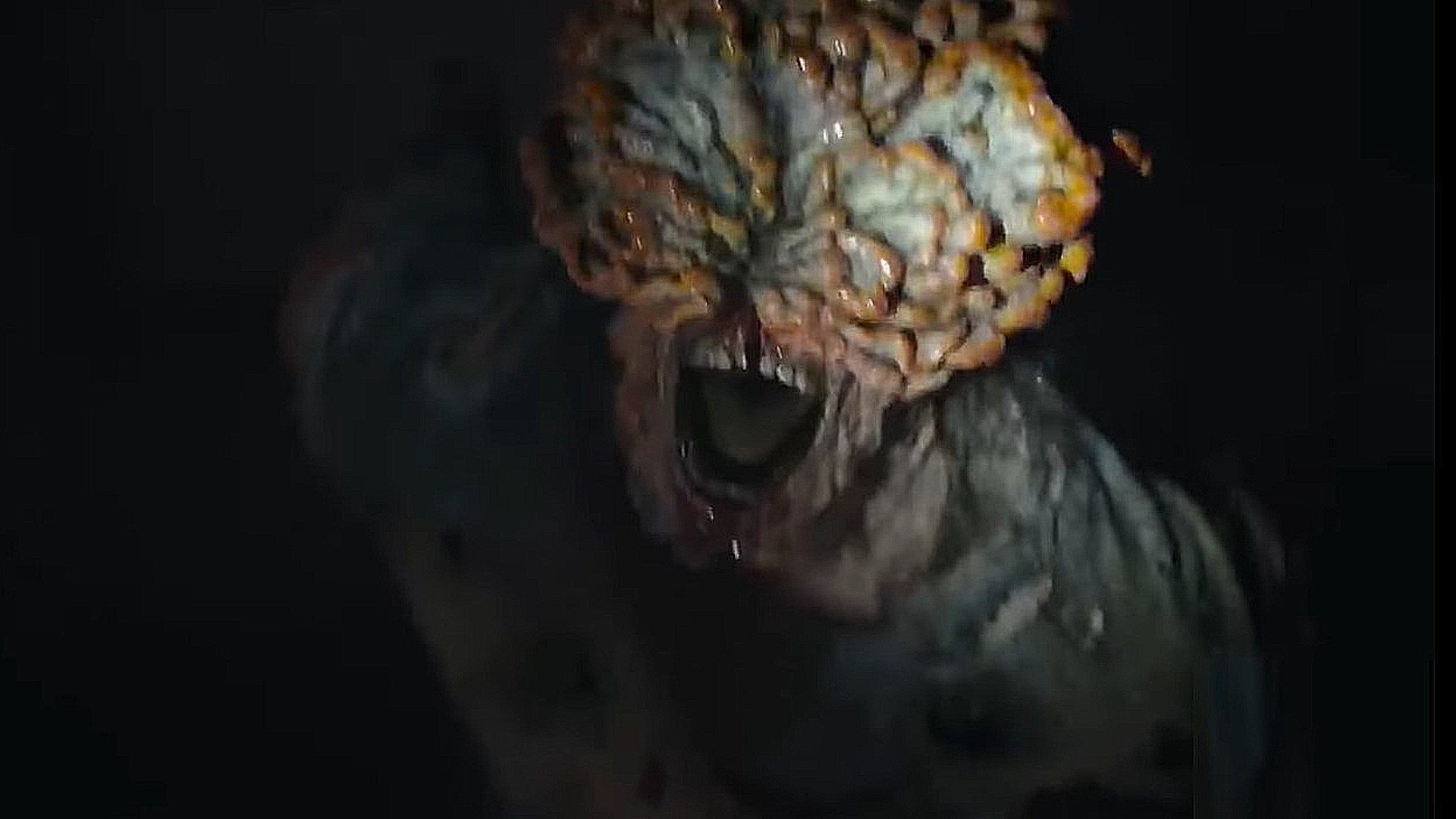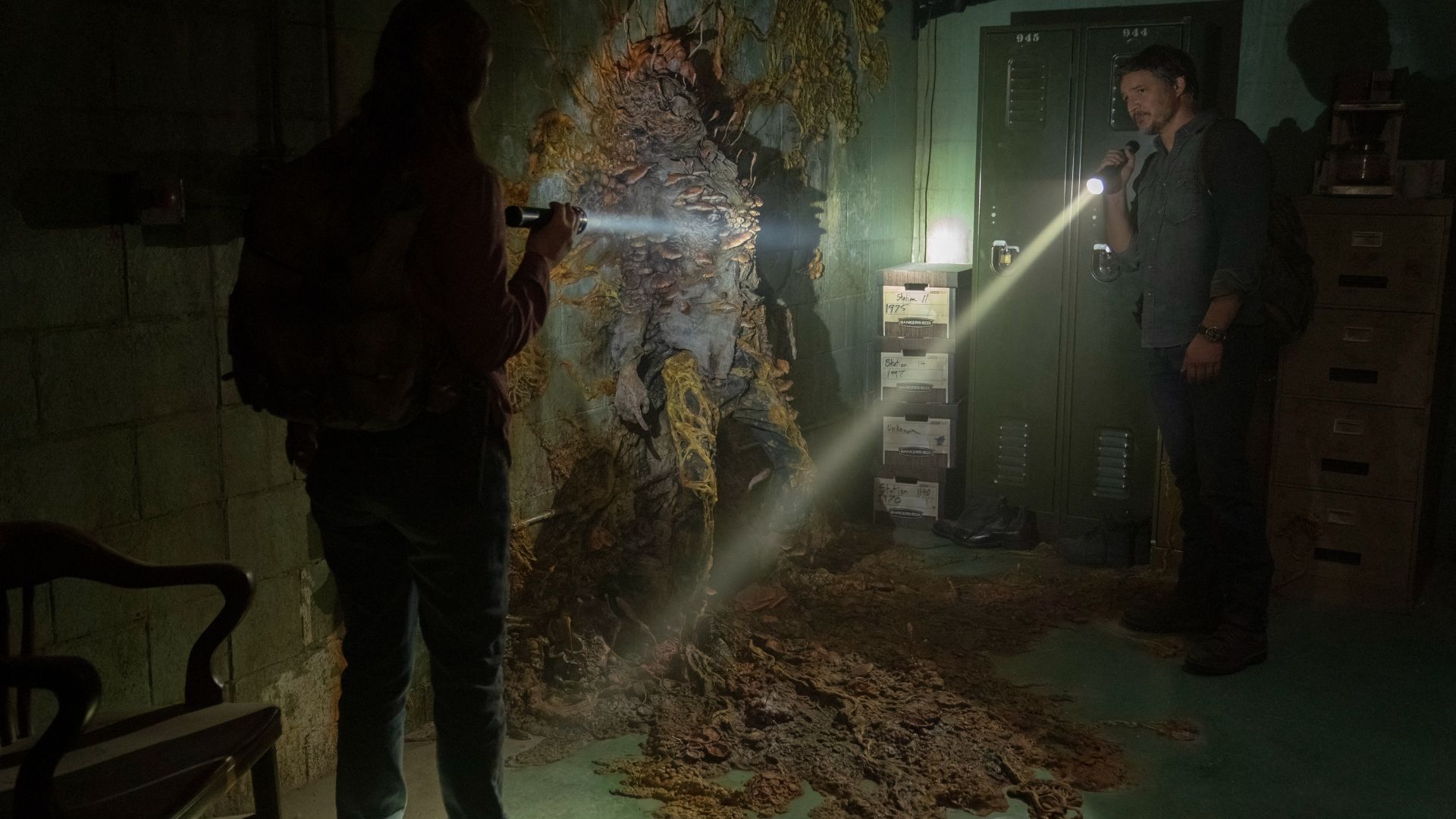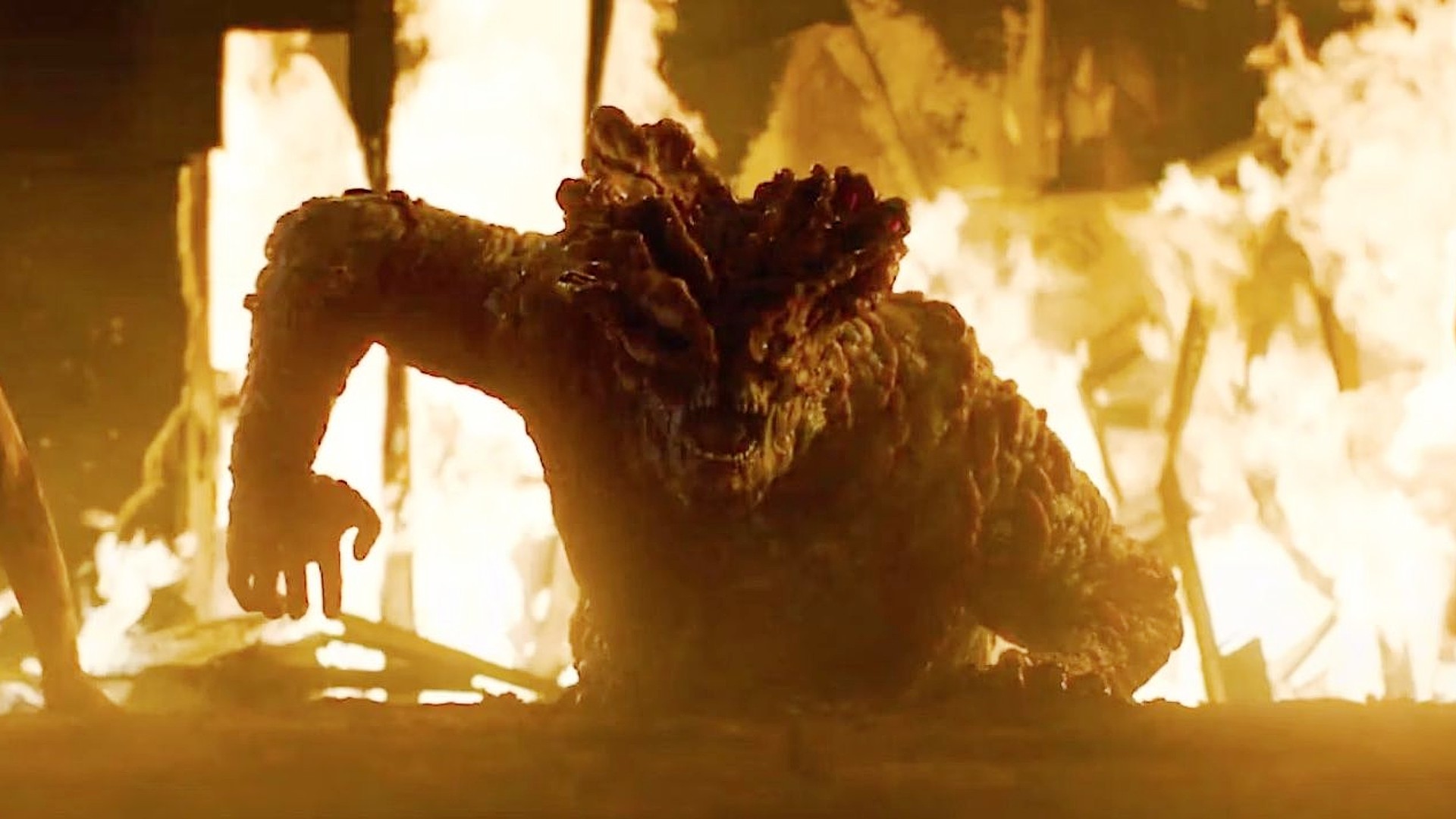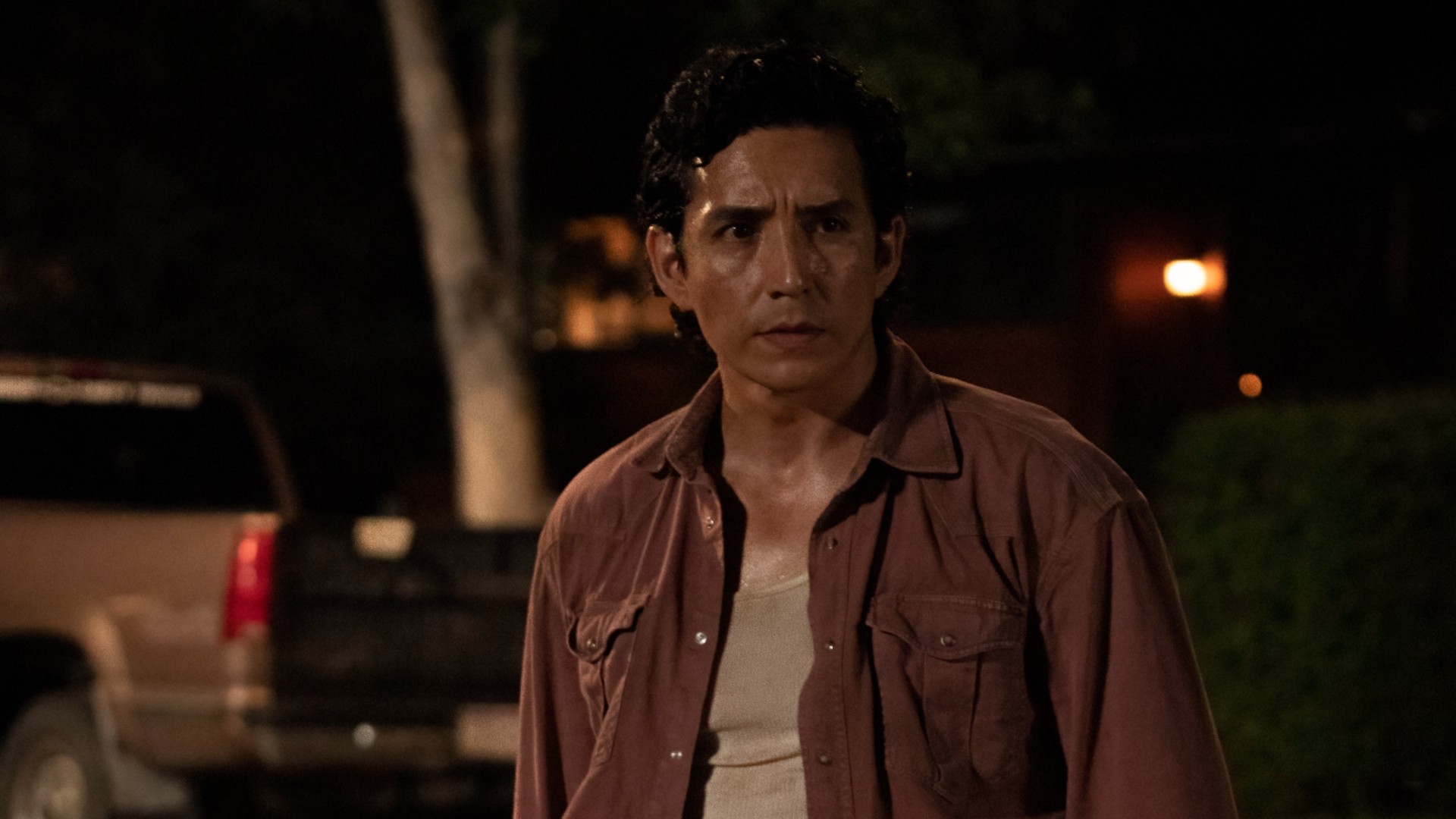What is the infection in The Last of Us TV show? The Cordyceps fungus explained
We break down the Cordyceps brain infection

The Last of Us revolves around a genuinely terrifying pandemic caused by Cordyceps, a type of fungus that can essentially zombify its host. The only goal of the fungus is to spread the infection as far as possible, meaning the afflicted are single-mindedly focused on catching more victims. This practically destroys human civilization, and, in the desolate aftermath, quarantine zones under armed guard keep survivors safe – and trapped – while a resistance group known as the Fireflies resists the control of FEDRA (Federal Disaster Response Agency).
But what exactly is Cordyceps, how does it spread, and what stages of infection do the unfortunate afflicted go through? We've got everything you need to know right here, taking a deep dive into the infection with the help of the games. Plus, we've got the lowdown on the very real kind of Cordyceps that inspired both the show and the source material. But, be warned that there are major spoilers for the show so far below!
What is the Cordyceps brain infection in The Last of Us?

The Last of Us opens with a terrifying discussion between an epidemiologist and a TV show host. The infectious disease expert explains that humanity has faced many types of illnesses in the past, but always prevails – and the type of infection that really scares him is of the fungal variety. He explains how some fungi can essentially turn hosts into mindless zombies, and lists off a number of such fungi, including Cordyceps.
Luckily, though, that fungi can't survive our internal body temperature, so it's not a realistic worry. Unless there was a reason to evolve to withstand higher temperatures, that is, like if the world was to get a bit hotter.
Flash forward to 2003, and slowly signs that something isn't quite right are introduced. Everything quickly turns to chaos and multiple infected people are seen violently chasing survivors down and attacking them. When another time skip takes us into 2023, we learn that Cordyceps has decimated civilization.
It's clear that Cordyceps is exactly what the epidemiologist from the opening feared: a parasitical fungal infection in the brain that turns humans into zombified hosts, whose only goal is to spread their infection to as many other people as they can. Joel's elderly neighbour is seen infecting the people she lives with, and, in one terrifying moment, we see tendrils of the fungus snaking from her mouth. In the game, those suffering an advanced infection come to be called clickers, thanks to the disturbing sound they make, while those with a less advanced infection are called runners.
Ultimately, Cordyceps does completely kill the host, as seen when Joel and Tess come across a gruesome dead body in the premiere. The unfortunate victim is stuck to a wall thanks to an explosion of fungus that has completely taken over their body, so it's safe to assume this was a late stage infection.
Sign up for the Total Film Newsletter
Bringing all the latest movie news, features, and reviews to your inbox
Where did Cordyceps come from and how does it spread?
The origin of the show's Cordyceps pandemic was revealed in The Last of Us episode 2. In a flashback, a mycologist in Indonesia is brought to examine a deceased person who was infected with the fungal illness. It's revealed that the outbreak began at a flour factory, which was a popular fan theory ahead of the episode – in the premiere, Joel and his daughter Sarah conspicuously avoid eating anything with flour as an ingredient (Joel forgets his birthday cake, Sarah makes eggs for breakfast rather than pancakes, and both turn down their neighbors's cookies). This is fairly similar to the game, which instead has infected crops as the method of transmission to humans.
The show's mycologist is so horrified by the discovery that Cordyceps has evolved to infect humans that she recommends bombing the city; there's no vaccine or treatment available for the illness, which means there's nothing that can be done to help the infected. Tess later explains that bombs were dropped on cities to attempt to slow the spread.
In the show, bites are a major method of spreading the illness, and in the game, airborne spores are also a threat – though co-creator Craig Mazin has explained that this won't be the case in the series.
"The game had spores in the air and people had to wear gas masks, and we decided, early on, that we didn't wanna do that for the show," he told Collider. "Eventually, those conversations led us to these tendrils. And then, just thinking about how there's a passage that happens from one infected to another, and like fungus does, it could become a network that is interconnected. It became very scary to think that they're all working against us in this unified way, which was a concept that I really liked, that got developed in the show."
We see those tendrils being used to disgusting effect in the second episode, when an infected person kisses Tess with tendrils spurting from his mouth. It's also in this episode that we learn of the network that connects the infected, as the fungus also grows underground. At one point in episode 2, Joel inadvertently alerts this network to his, Tess, and Ellie's location, which sends a horde of infected their way.
Signs that a person is infected include an involuntary twitching, and a poster in the premiere warns that coughing, slurred speech, muscle spasms, and mood change are all symptoms. By 2023, a quick scan can indicate if someone has Cordyceps or not.
Clickers make that haunting sound, which is actually echolocation as the fungus covers their face completely, blocking their sight. Infected are also very fast and agile, as seen when Joel is chased in the premiere.
What is a bloater?

The Last of Us episode 5 introduces a truly terrifying type of infected: a bloater. These are the most dangerous kind of infected, with super strength that, as seen in both the games and the show, can rip a person to pieces with ease.
Bloaters are so big because they're absolutely covered in fungus, which also acts as a kind of protective armor and makes them particularly tricky to kill.
Is Cordyceps real?

Yes, Cordyceps is very much a real fungus. Luckily, though, it doesn't turn anyone into a mindless zombie, instead preying on insects. There are also hundreds of species of Cordyceps, though The Last of Us's version is inspired by Ophiocordyceps unilateralis, which, per expert David Hughes, who consulted on the first game, doesn't actually infect the brains of the ants it targets, rather the rest of the body (H/T Insider) – though this wasn't discovered until long after the game was released.
But, despite not damaging the brain, the fungus does manipulate its victim's behavior via the muscles. It forces the infected ant to go somewhere up high, bite down on a leaf, then hang suspended until death. After the ant has died, the fungus grows a long stalk from its body and releases infectious spores that float down below. O. unilateralis is capable of wiping out whole colonies of ants. The clip that led to the idea for the Cordyceps brain infection is from Planet Earth (H/T Mashable), and tracks one unfortunate ant through its infection.
Keep up to date on the show with our The Last of Us release schedule – and check out our roundup of all the exciting upcoming TV shows to fill out your watchlist.

I'm a Senior Entertainment Writer here at GamesRadar+, covering all things film and TV for the site's Total Film and SFX sections. I previously worked on the Disney magazines team at Immediate Media, and also wrote on the CBeebies, MEGA!, and Star Wars Galaxy titles after graduating with a BA in English.


